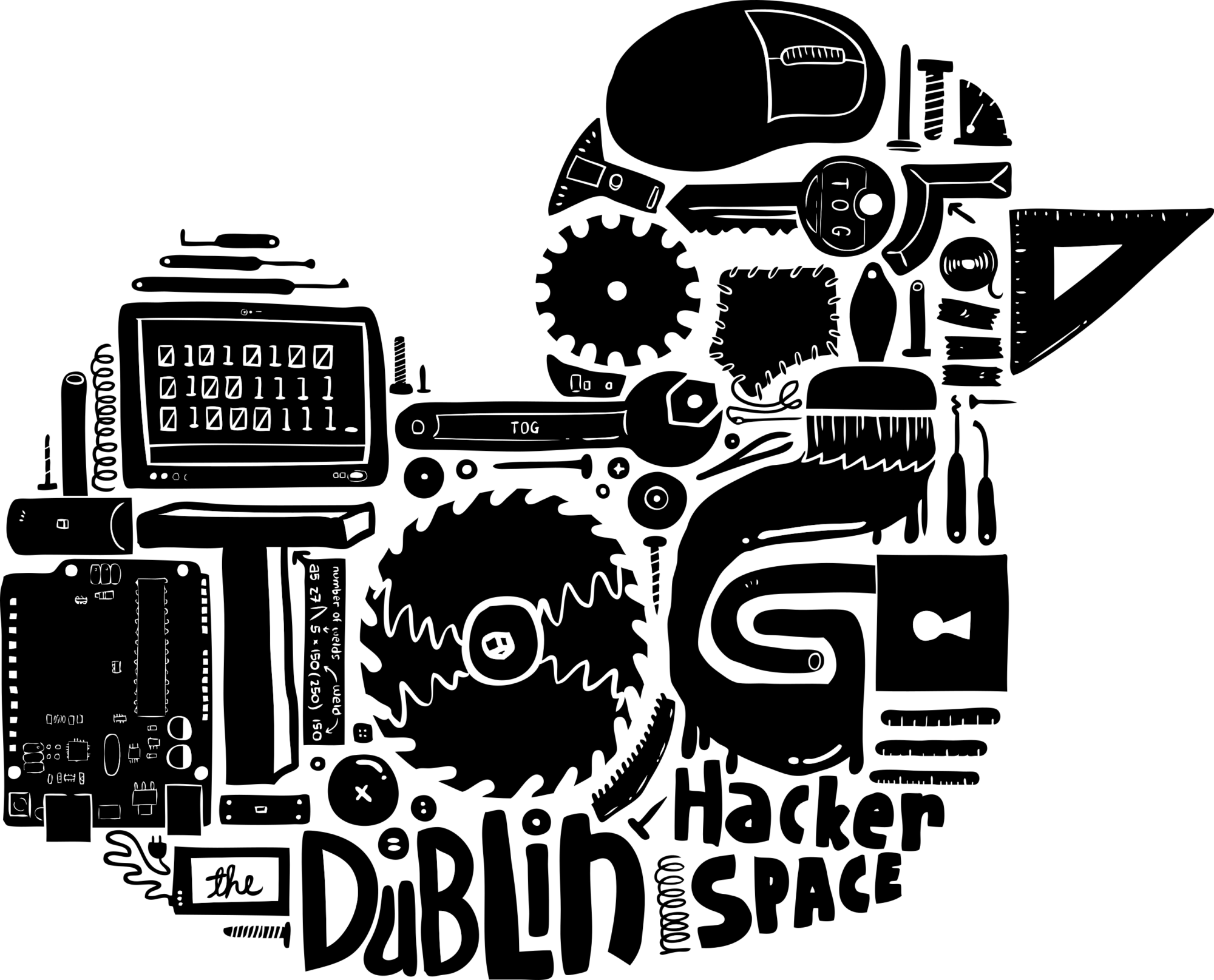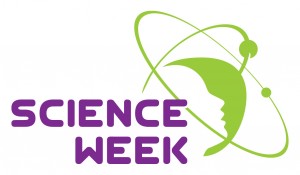Join us for a night of inspiring talks. Each speaker will only have 15 minutes to convey to you their passion and enthusiasm on a given subject. With seven talks on the night you will introduced to a diverse range of subjects.
Date: Thursday 15th November 2012
Time: Open from 18.30, Talks begin 19.15
Cost: Free
No Signup required.
Information on the talks after the break.
Talks
Title: Do you LoveIrishScience?
Description: National funding for basic research is valuable to society because inspires the public’s interest in science, enhances the quality of our universities, and is the first step in the research and development food chain, leading to new practical technologies- all of these factors drive our “smart economy”. LoveIrishScience is a new grass-roots project aiming to bring attention to the on-going basic science funding crisis in Ireland. In addition to collecting data on the current situation we are developing a platform for open discussion between the public, policy makers, and the scientific community. Our aim is to present a fact-based argument to government that we are being mislead about the availability of domestic funding for basic research- in fact, Ireland is lagging far behind other countries of similar means. We have to act before the 2013 budget is finalised in
December.
Speaker: Paul Higgins
Title: Phylogeny: Tree Thinking and its Application in the Field of Evolutionary Medicine
Description: The essay entitled “Nothing in life makes sense except in the light of evolution” (Dobzhansky 1983) sets the scene for tree thinking and how evolutionary methods can be applied to; understand how multi drug resistant bacteria form, how SARS and Swine Flu entered the human population, and how to trace metastasis in tumours. This short talk will introduce the concept of “tree thinking” and how it has evolved from the ancient Greek philosopher Aristotle to the naturalist Charles Darwin along with how this evolutionary thought process has impacted the field of medicine.
Speaker: Claire Morgan
Title: The Politics of Data Visualisation
Description: Data visualisation is the new big thing. There is a lot of talk about it, and most media organisations are fascinated from it. More often than not, it is mentioned as a neutral technology that will enlighten by engaging design. However, it is not easy to make engaging visualisations. Challenges lie in collecting high-quality data, doing impartial statistical analyses, and designing properly to support a narrative with the data. I wish to discuss some of these challenges and possible solutions.
Speaker: Evangelos Kapros
Title: Spacecraft control for dummies
Description: How do we move around things while they are in space? They are far away and the ladder in the shed isn’t long enough. David will talk about how we achieve precise positioning of space telescopes so they can take the pretty pictures that make scientists happy.
Speaker: David McKeown
Title: The Green Killers
Description: Chalara fraxinea, is a new disease of Ash trees, it was first found in Poland in 1992, it then spread and in Denmark it has been reported that half the ash trees have recently died due to this pathogen. These have included forest trees, trees in urban areas such as parks and gardens and also young trees in nurseries.In February 2012 it was found in England, in a consignment of infected trees sent from a nursery in the Netherlands, since then it has been found in a number of locations in England and Scotland, all in stocks of young ash plants received from European nurseries. It kills all trees fast it seems, none survive it!In October English Forestry scientists confirmed a small number of cases in trees not associated with imported trees. In October it was found in Limerick in Ireland; although the facts are still sketchy.It is one of three new killers of trees that have appeared in the last twenty years and I will loosely look at their spread, the affects they might have and the ways we make their spread easier.
Speaker: John Farrelly
Title: Biomimetic Solar Cells
Description:
The sun is the most inexhaustible, renewable source of energy known to us. In one hour, more sunlight falls on the earth than what is used by the entire population in one year. There is 120,000 TW of clean, free and abundant energy waiting to be harvested. Dye-sensitised solar cells (DSSCs) are 3rd generation photoelectrochemical solar cells. These solar cells are potentially able to overcome the Shockley–Queisser limit of 31-41% power efficiency. DSSCs are a clean, flexible, lightweight and economically viable alternative to semiconductor photovoltaics (PV).
Speaker: Laura Tobin
Title: Big things from tiny materials
Description:
Nano this and nano that… what’s it all about?
Arlene hopes to take you on a journey into the nanoworld and discuss
how these invisible materials will revolutionise the world we live in.
Speaker: Arlene O’ Neill

